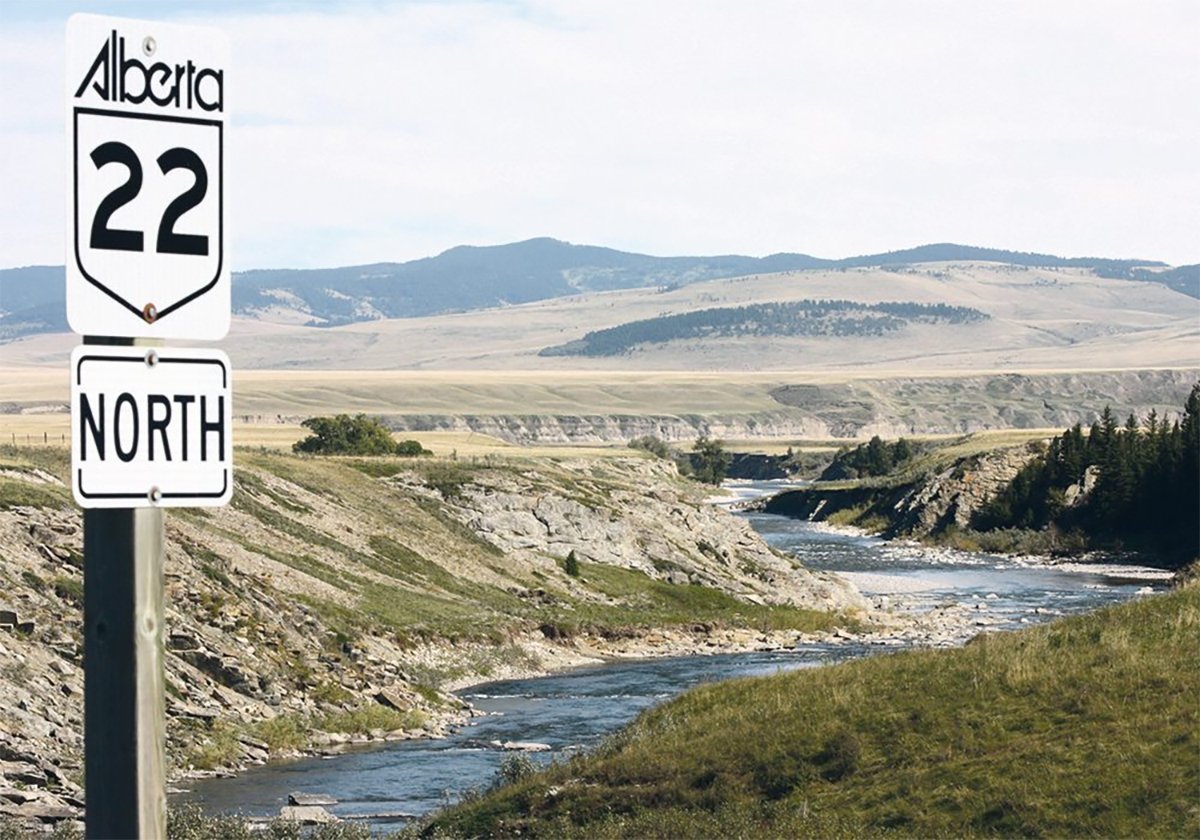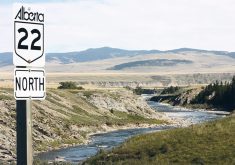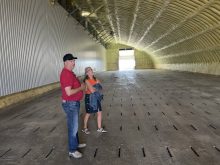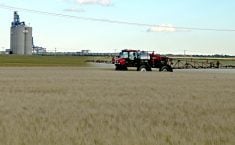The difference between the two images is remarkable.
One shows the Athabasca glacier in the Rocky Mountains’ Columbia ice field in 1917. The other shows the same view in the early 1990s.
In the newer photograph, the glacier’s toe has receded by 1.5 kilometres. According to one expert, the glacier is losing 60 million cubic metres of water a year, more than it is gaining through rain and snowfall.
The two pictures, often shown at water conferences, illustrate what has happened to most glaciers around the world since the end of the Little Ice Age in 1850.
Read Also

New coal mine proposal met with old concerns
A smaller version of the previously rejected Grassy Mountain coal mine project in Crowsnest Pass is back on the table, and the Livingstone Landowners Group continues to voice concerns about the environmental risks.
The Athabasca glacier is the source of the Athabasca River. Other shrinking glaciers in the Rockies feed the North and South Saskatchewan Rivers.
About 90 percent of the flow in that river system comes from the eastern slopes of the Alberta Rockies. Calgary, Edmonton, Saskatoon, Regina and a host of smaller cities and towns derive their water from the Saskatchewan river system, either directly or indirectly, said a 2003 report on climate change from the standing Senate committee on agriculture and forestry. The South Saskatchewan and its tributaries feed irrigation projects that water an area larger than Prince Edward Island.
But the volume of ice in the Bow Glacier, a key contributor to the Bow River that flows to the South Saskatchewan, has decreased to 184 million cubic metres in 1993 from 236 million in 1951.
The story is similar around the world.
Last May, employees at a Swiss ski resort wrapped the Gurschen glacier in synthetic foil to keep it from melting so they could continue to enjoy their sport.
Environmentalists protested the action, saying the money used to cover 2,500 sq. metres of the glacier would be better spent addressing why it is melting – climate change.
Although many say human-caused climate change is the culprit, others believe the recession would have happened anyway.
Historically, the massive ice fields have retreated and advanced, melted and frozen, and they continue to shift today.
But there is no doubt that the climate is warming at a faster rate.
“The glaciers have been receding since 1850,” said Al Pietroniro, a hydrologist at the National Water Research Institute in Saskatoon. “It is an accelerated process because it’s warming.”
However, Pietroniro said he would have a difficult time justifying in a scientific journal that climate change is the sole reason for glacial decline.
Chris Hopkinson, research scientist at the environmental consulting company Otterburn Geographic in Nova Scotia, studies glaciers in the Canadian Rockies.
He can’t directly tie today’s glacial recession with humans’ impact on the climate.
“But we know the climate is changing,” Hopkinson said. “What we can’t do is actually prove that they’re related.”
It’s much clearer in Jim Byrne’s mind.
The environmental scientist at the University of Lethbridge said there is “virtually 100 percent consensus” among climatic scientists that global warming is having a substantial impact on glaciers.
He said everyone should be concerned about the resulting impact on water supply.
Melting snow, not melting glacier ice, accounts for the majority of water in streams and rivers flowing east from the Rockies, but glacier water forms a larger percentage of stream and river flow in drought years or in mid to late summer when the snow pack has already run off.
Byrne said glaciers are also key indicators of snow activity.
“The glaciers are a great thermostat for what’s happening with the snow,” he said. “Is the quantity of snow we receive actually changing?”
His research says yes.
Snowfall is declining and the resulting snow pack is melting earlier, he said. Without snow to cover the glaciers and reflect solar radiation, the dark ice absorbs solar radiation and melts quicker.
Byrne is concerned about what will happen if western rivers no longer receive enough snow runoff.
His “detailed and conservative modeling” predicts that between 2020 and 2050 the snow pack in Alberta’s Old Man River basin will decline by 40 percent.
In the results of a study published this year in the International Journal of Climatology, Byrne wrote that Western Canada would experience “substantial stress” from a reduction in available annual stream flow.
“The stress would be particularly severe for those regions with substantial development based on a more abundant water supply,” he wrote. “The irrigation industry, as the greatest single consumer of water in the region, will likely come under the greatest scrutiny and stress.”
Farmers irrigate 1.56 million acres in Alberta and 340,000 in Saskatchewan, almost all of it with water from the South Saskatchewan basin.
According to the Saskatchewan Watershed Authority, 550 million cubic metres of water, or 67 percent of total water withdrawals, are used for irrigation. That compares to 21 percent used by communities.
Worldwide, the demand for water will increase from agriculture and communities, as a growing population requires more food and urban centres become larger.
In Water and the Future of Life on Earth, the proceedings from a 2002 conference at Simon Fraser University in British Columbia, professor Hans Schreier of the University of B.C. noted that the amount of water needed to produce one kilogram of beef is more than 10 times the amount needed to produce one kg of cereal grain.
He said demands on dwindling water resources will need to be controlled and water conservation programs implemented in order to prevent crises and conflicts.
Less water from mountain run-off will also affect hydroelectricity.
For example, glaciers are an important contributor to the flow on the North Saskatchewan River system, which in turn contributes to the Nelson River and Manitoba’s hydro system, William Paton from the University of Brandon told the think-tank.
As river flows decline, the problems will become more critical. During the drought of a few years ago, flows on the South Saskatchewan River were already 20 percent of what they were a century earlier.
Pietroniro said lower flows would force agricultural irrigators to manage water more effectively.
“There are always efficiencies to be gained in water management,” he said.
Byrne believes irrigation in Alberta will eventually decline while its use grows in Saskatchewan, thanks to the large reservoir, Lake Diefenbaker, which he calls “a savings plan.”
Hopkinson said critical research must be done on how changes in snow and ice in the Rockies will affect people, particularly their ability to grow crops.
“The situation is compelling for all,” Byrne said.

















